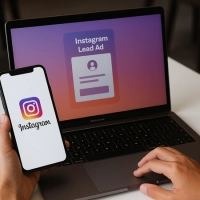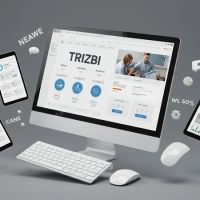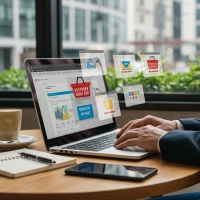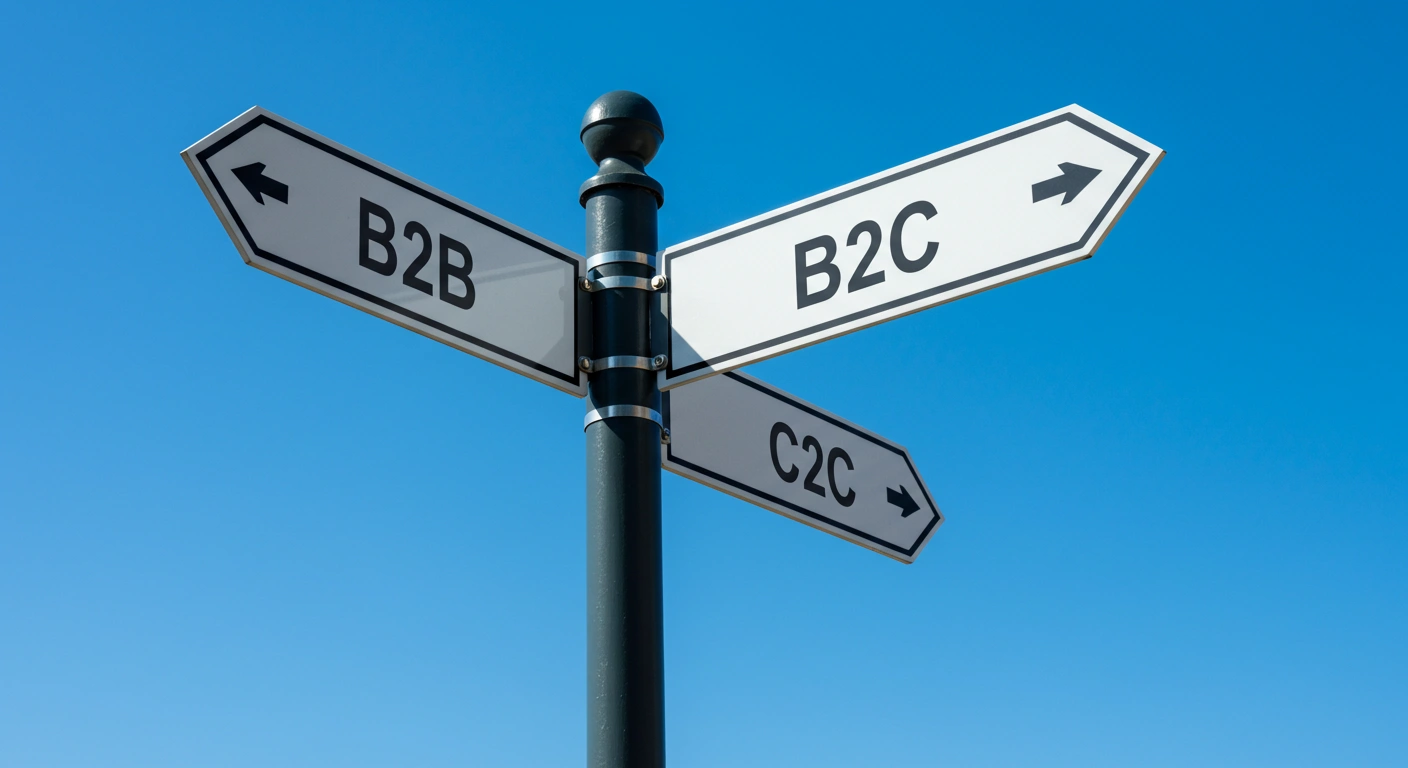
How about a detailed analysis of what these three abbreviations, B2B, B2C and C2C, which have become a part of the daily lives of those engaged in e-commerce, mean? So let's get started...
What is a B2B Business Model?
B2B is an abbreviation that has entered our lives as an abbreviation for the English term Business to Business, and refers to marketing and sales activities that take place between companies. It is the umbrella where dealers, distributors and companies that act as distributors meet, which refers to the intermediate layer where manufacturers or importers work to deliver their products to consumers. At this point, it is useful to explain in which cases the b2b business model is preferred.
1. Raw Material Supply
Manufacturing businesses need to constantly supply the raw materials they need. For example, a company that produces plastics must obtain the plastic raw materials it uses in production from companies such as Petkim or from foreign sellers through b2b platforms such as Alibaba.com.
2. Collaborations Established for Functional Reasons
It is the situation where a company receives responsibilities that it does not want to undertake for various reasons from another company or companies as a service. For example, a company that has an agreement with a catering company instead of setting up a kitchen for staff meals has established a cooperation with the catering company for functional or operational reasons.
3. Wholesale Retailer Business Model
Instead of contacting consumers to sell their products, a manufacturer or distributor may sell all of their products to a retail company, such as a dishwashing detergent manufacturer that has a deal with chain stores.
Today, all companies that want to continue their activities healthily must actually work in a b2b business model. With certain exceptions, all manufacturers prefer a wholesaler-retailer business model in order to bring their products together with consumers or purchase raw materials from a company that produces raw materials.
What is a B2C Business Model?
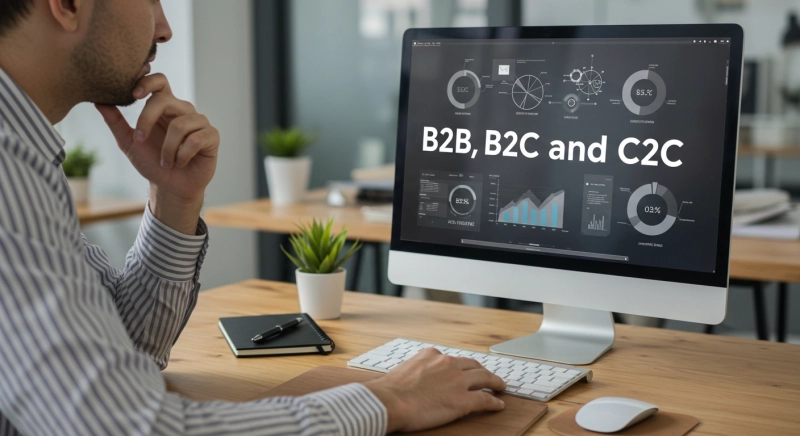
B2C, unlike the business model we mentioned above, is an abbreviation for “Business to Customer”, which refers to commercial activities that take place between the producer and the consumer. Today, in our individual shopping, we make purchases from companies that operate in the B2C business model. In order to better understand the B2C model, it is useful to give examples of how businesses that use this method operate. Today, companies come across two methods with the B2C business model. These are;
1. Virtual Marketplaces
Platforms such as n11, Hepsiburada, Trendyol and others that you use for your individual shopping are platforms where manufacturers and distributors establish direct contact with consumers and sell their products with a b2c business model.
2. Virtual Store
These are e-commerce platforms that manufacturers or distributors establish and operate on their own behalf. The seller undertakes almost all the work and responsibility such as managing the system, undertaking and managing advertising and promotion expenses, and providing after-sales services, and sells its products to the consumer through its own website or application.
The e-commerce sector, which is increasing its volume every year in our country, provides many benefits and advantages for both sellers and end-users, thanks to the developing technology and opportunities. To briefly explain these benefits and advantages;
1. Thanks to e-commerce, any company, regardless of its size, can sell its products all over the world. Even in cases where it is impossible to physically bring the customer to the store, e-commerce can bring the customer together with the product.
2. A physical store has many expenses. It is possible to get rid of many of these expenses with B2C.
3. Today, analysis has an important place in trade, as in almost every business line. Thanks to the analysis of the profiles that prefer your products, you have the opportunity to take action by deciding on changes and developments, campaigns and promotions that you will make in your products at a very early stage.
What is the C2C Business Model?
C2C is the name given to the English name “CustomertoCustomer” and Turkish equivalent “Consumer to Consumer” trade model. In this business model, which emerged in parallel with the development of e-commerce, the consumer sells a product that he/she has previously purchased to another consumer. The product sold can be new or second-hand. There is no obligation to issue an invoice for sales made in this e-commerce model.









